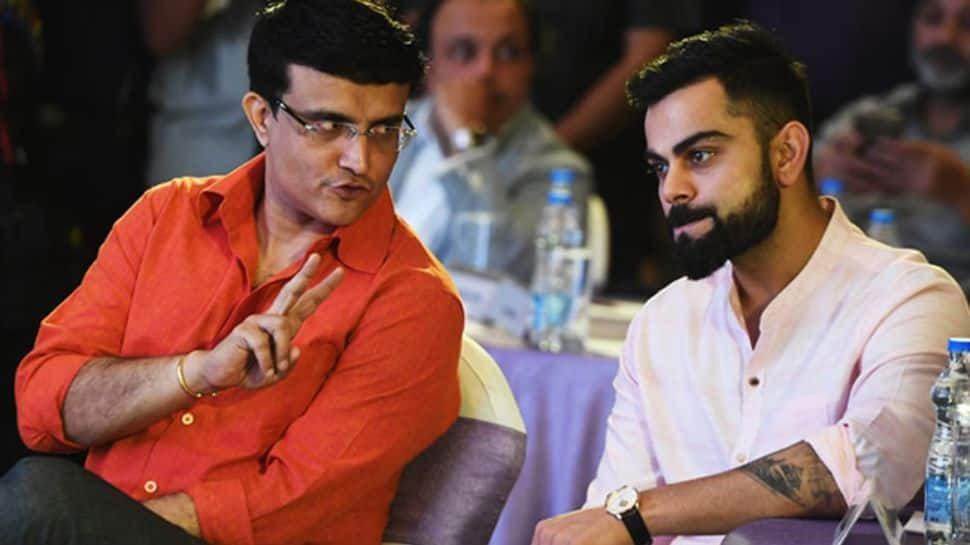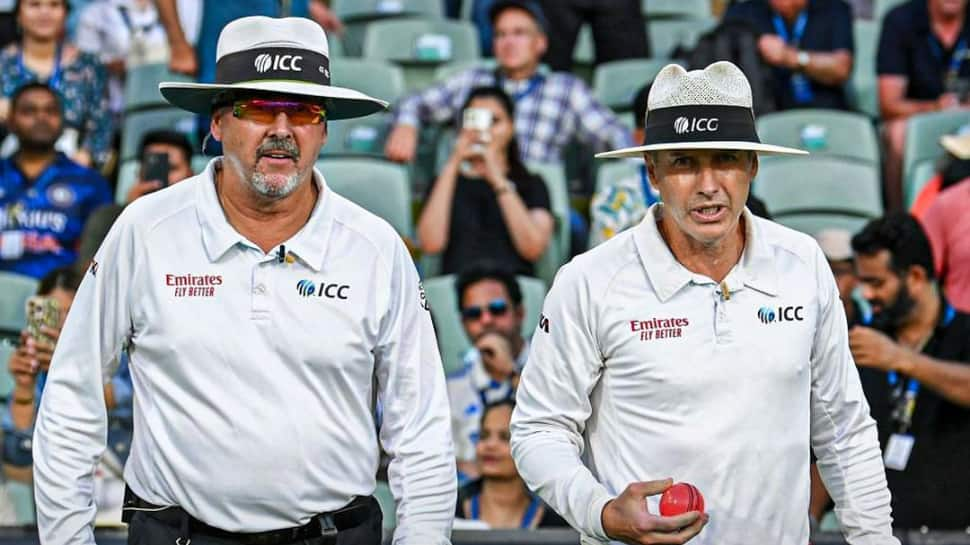Why Virat Kohli Really Left Test Captaincy: Sourav Ganguly Breaks Silence On Captaincy Controversy | Cricket News

In a major revelation that reignites one of Indian cricket’s most debated chapters, former BCCI President Sourav Ganguly has finally opened up on the circumstances that led to Virat Kohli’s shock resignation as Test captain in January 2022. Speaking candidly about the transition that saw Rohit Sharma take over India’s all-format captaincy, Ganguly asserted that the board never wanted Kohli to step down and that Rohit was initially reluctant to take up the role in red-ball cricket. This revelation sheds new light on what many viewed as a fractured relationship between Kohli and the BCCI at the time — a phase marked by public statements, media speculations, and a high-profile leadership shakeup.
Ganguly Wanted Kohli to Stay, Rohit Was Hesitant
Ganguly, who was overseeing day-to-day affairs at the BCCI during the turbulent transition, emphasized that the board was keen on maintaining continuity in leadership. “We always wanted Virat to continue as Test captain, but he did not want to go ahead,” Ganguly told PTI.
While Kohli had already stepped down from T20I captaincy following India’s early exit from the 2021 T20 World Cup, the ODI captaincy was taken from him shortly after — without his prior knowledge, as per Kohli’s own statement during a press conference ahead of the South Africa tour.
Amid growing confusion and discontent, the board turned to Rohit Sharma, then already India’s T20I and ODI captain. However, as Ganguly revealed, Rohit was hesitant about taking on the added burden of Test leadership.
“He was reluctant because of workload. I had to tell him, ‘You don’t want to end your career without leading India in Test cricket,’” Ganguly said, adding, “He is a very adjustable and friendly person. After speaking to him, he agreed.”
Kohli’s Sudden Exit and Its Aftermath
Kohli’s resignation as Test captain came just a day after India lost the Test series 1-2 in South Africa in early 2022 — a decision that shocked fans and pundits alike. At the time, many suspected internal tensions and miscommunication between Kohli and the BCCI hierarchy. Kohli had earlier revealed that he was informed of his ODI removal only 90 minutes before the official announcement, contradicting statements from both Ganguly and chief selector Chetan Sharma, who maintained Kohli was kept in the loop.
These discrepancies added fuel to the fire, sparking a public narrative war and raising questions about transparency in Indian cricket administration.
Rohit’s Journey as Test Captain
Despite his initial reluctance, Rohit Sharma officially took over India’s Test captaincy in March 2022, starting with a home series against Sri Lanka. His tenure, which lasted till December 2024, saw him lead India through multiple key assignments, including overseas tours and the World Test Championship cycle.
Rohit stepped down from T20I cricket after guiding India to victory in the 2024 T20 World Cup. While he’s no longer a Test or T20I captain, he continues to lead the ODI side, reinforcing his value as a senior figure in the dressing room.
The Bigger Picture: Leadership, Legacy & Communication Gaps
Ganguly’s latest remarks aim to close the chapter on a saga that stirred Indian cricket deeply — but also underscore a broader issue: lack of effective communication between players and administrators. Kohli’s exit as captain wasn’t just about cricketing strategy, but about how decisions were conveyed and perceived.
At its core, the Kohli-Rohit leadership transition was marred by uncertainty and public contradiction, which affected the perception of the BCCI’s functioning. Ganguly, known for being hands-on, admitted to personally speaking with players — a trait he believes is vital for good governance.







